With the growing importance of efficient energy storage, Dielectric Capacitor Insights: Powering Up and Enhancing Energy Storage Efficiency becomes a significant area of focus, offering promising prospects for technological advancements.
What is Dielectric Capacitor?
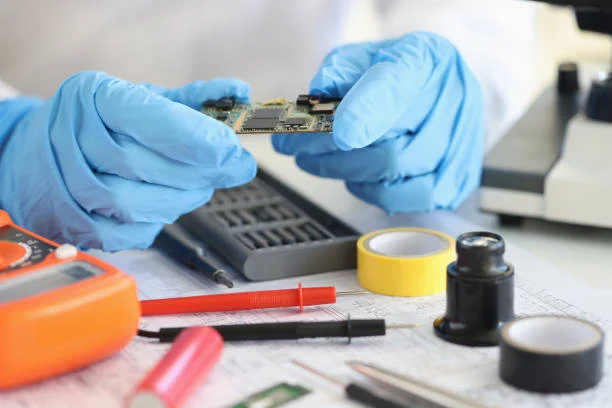
A dielectric capacitor is a type of capacitor that uses a dielectric material to store electrical energy. The dielectric material is placed between two conductive plates, and when a voltage is applied across the plates, an electric field is created in the dielectric, causing the separation of positive and negative charges. This separation of charges leads to the storage of electrical energy in the capacitor.
Dielectric capacitors are widely used in a variety of applications, including electronics, power systems, and telecommunications. They are known for their high capacitance values, low leakage currents, and good stability. Some common dielectric materials used in dielectric capacitors include ceramics, plastics, and liquids.
Dielectric capacitors play an important role in the storage and manipulation of electrical energy in various applications. Their properties and characteristics make them suitable for a wide range of uses, and they continue to be an important component in modern electronics and electrical systems.
Basic Principles and Structure of Dielectric Capacitors
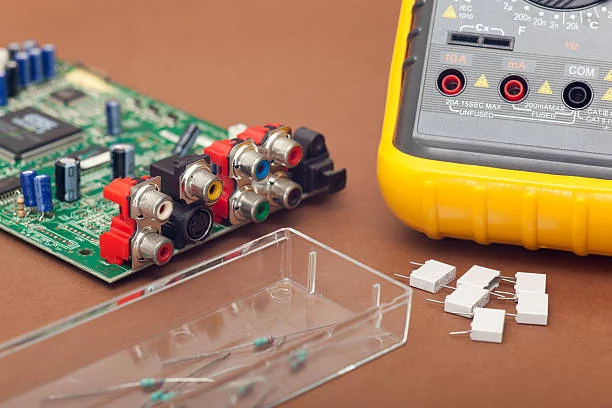
The basic principles of dielectric capacitors involve the storage of electrical energy through the separation of charges.
The structure typically consists of two conducting plates separated by a dielectric material. When a voltage is applied across the plates, the dielectric gets polarized, creating an electric field. This leads to the accumulation of opposite charges on the plates, effectively storing energy.
The dielectric material is crucial as it increases the capacitance and provides insulation between the plates. The capacitance of the dielectric capacitor depends on factors such as the area of the plates, the distance between them, and the properties of the dielectric. Different dielectric materials offer different capacitance values and other characteristics.
Performance Characteristics of Dielectric Capacitors
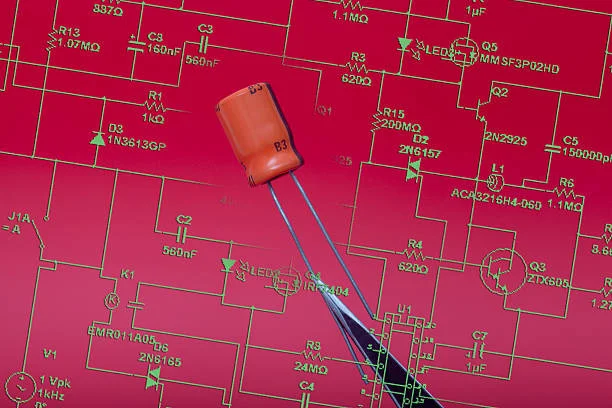
Dielectric capacitors possess several notable performance characteristics. Firstly, capacitance is a fundamental attribute, determining the amount of electrical charge they can store. The voltage rating indicates the maximum voltage the capacitor can tolerate without breakdown. Dielectric strength represents the dielectric’s ability to resist electric breakdown.
The frequency response reveals how the capacitance behaves across different frequencies, which is crucial in AC circuits. The temperature coefficient shows how capacitance changes with temperature fluctuations. Leakage current refers to the small amount of current that may pass through when the capacitor is charged. The power handling capacity indicates the amount of power it can manage without significant deterioration.
Longevity and reliability are also important aspects, denoting how well the capacitor can maintain its performance over an extended period. These characteristics collectively play a vital role in determining the suitability and effectiveness of dielectric capacitors in various applications and operating conditions.
Dielectric Capacitor Insights: Powering Up And Enhancing Energy Storage Efficiency
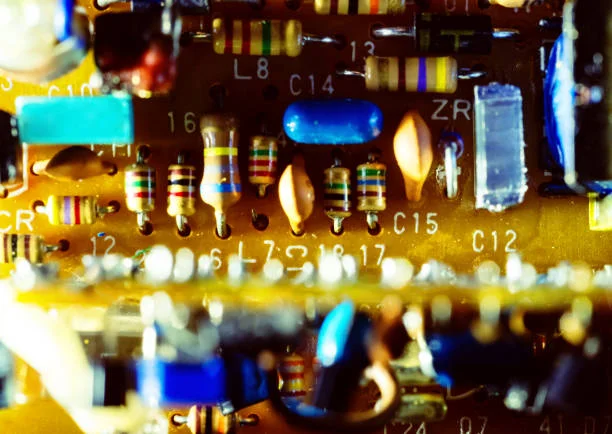
Dielectric Capacitor Insights reveals the in-depth understanding and exploration of dielectric capacitors.
When it comes to powering up, it involves enhancing the capacity to generate, supply, or transfer electrical power. This could include optimizing the design and performance of power sources, such as improving the efficiency of generators or enhancing the power delivery capabilities of electrical circuits. It may also entail finding ways to boost the voltage, current, or power density to meet the increasing demands of various applications.
On the other hand, enhancing energy storage efficiency means making the storage of energy more effective and efficient. This can be achieved through a variety of means. For example, developing advanced battery technologies that have higher energy densities, longer lifetimes, and faster charging and discharging rates. It could also involve improving the management and control systems for energy storage, ensuring that energy is stored and retrieved in the most optimal way.
Exploring new materials and techniques for energy storage, such as supercapacitors or novel electrochemical storage methods, can contribute to significant enhancements in efficiency. Moreover, integrating energy storage with renewable energy sources to better manage intermittent power generation and ensure a more stable and reliable power supply is also an important aspect.
Conclusion
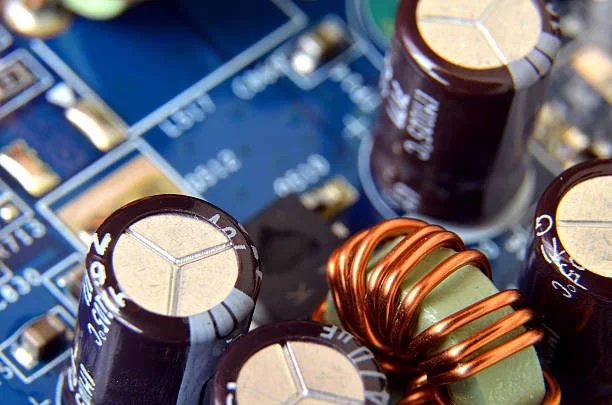
Air dielectric capacitor is a type of dielectric capacitor. The dielectric capacitor formula helps in understanding and analyzing its electrical properties. Different dielectric capacitor materials are used, such as in paper dielectric capacitor and glass dielectric capacitor.
There are also mixed dielectric capacitor which combines multiple materials. Each of these types of dielectric capacitors has its own characteristics and applications, and they play an important role in various electrical and electronic systems, depending on the specific requirements for capacitance, voltage handling, and other factors. The choice of dielectric capacitor material greatly affects their performance and functionality.
Powering up and enhancing energy storage efficiency is crucial for various sectors, including electronics, transportation, power grids, and renewable energy, as it enables more efficient use of energy resources and better performance of devices and systems.+-